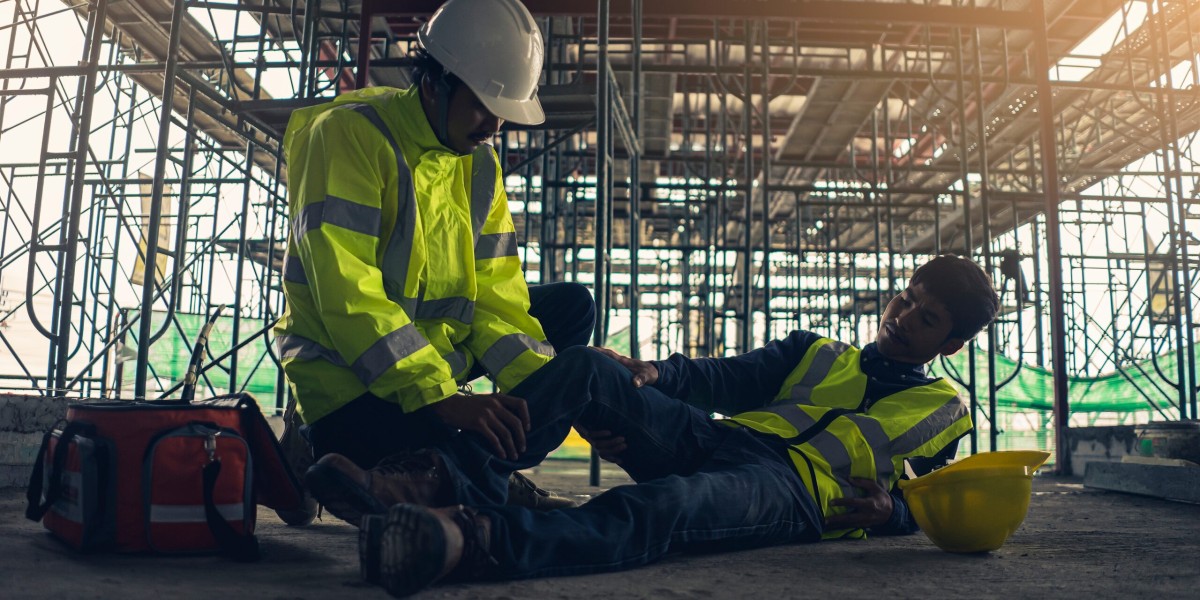Construction sites are inherently hazardous environments where the risk of accidents and emergencies is ever-present. From fires and structural collapses to medical incidents and environmental hazards, the potential for critical situations makes it essential for every site to have a robust Emergency Response Plan (ERP) in place. An effective ERP not only saves lives but also minimises damage, ensures compliance with legal requirements, and maintains the integrity of ongoing construction projects.
What Is an Emergency Response Plan?
An Emergency Response Plan is a documented, strategic framework that outlines how a construction site will prepare for, respond to, and recover from emergencies. It includes roles and responsibilities, communication procedures, evacuation routes, contact information for emergency services, and protocols for specific types of incidents.
ERPs are legally required in most jurisdictions and are a vital part of any health and safety management system. However, the effectiveness of an ERP is not in its existence alone—it lies in its execution, regular review, and integration into the daily culture of the site.
Why Emergency Planning Matters in Construction
Construction environments are dynamic, often involving high-risk tasks such as working at heights, handling heavy machinery, and dealing with volatile substances. In such settings, the margin for error is small, and emergencies can escalate rapidly.
An effective ERP can:
Reduce injury and loss of life during a crisis.
Ensure quick evacuation or containment of dangerous situations.
Limit damage to property, equipment, and materials.
Support legal compliance and protect against litigation.
Maintain business continuity by enabling faster recovery.
Core Components of an Effective Emergency Response Plan
To ensure readiness and resilience, a construction site’s ERP should be comprehensive and customised to its specific hazards. The key components include:
1. Risk Assessment
Every site should begin with a thorough risk assessment to identify potential emergency scenarios—fires, gas leaks, electrical faults, weather-related events, or nearby infrastructure risks. Understanding these risks informs the rest of the plan.
2. Emergency Roles and Responsibilities
Clearly define who does what in an emergency. This includes:
Emergency Coordinator or Site Manager
First Aid Responders
Fire Wardens
Evacuation Guides
Each role should have specific duties outlined and regularly rehearsed.
3. Evacuation Procedures
Evacuation plans must include clearly marked escape routes, designated assembly points, and accessibility for all workers. Maps should be displayed across the site, and evacuation drills should be held routinely.
4. Communication Plan
Effective communication can make the difference between chaos and control. The ERP should outline:
How to raise the alarm
Who to contact (emergency services, site manager, nearby facilities)
How to communicate during and after the incident
Emergency contact lists should be updated regularly and easily accessible.
5. Training and Drills
Plans are only useful if workers know them. All personnel must receive induction training on the ERP and participate in regular emergency drills. Simulating real-life emergencies helps uncover weaknesses in the plan and improves team readiness.
6. First Aid and Medical Response
A construction site should be equipped with adequate first aid supplies and have trained first aiders on every shift. In more remote areas, plans should also consider transport logistics for injured workers.
7. Coordination with External Services
The ERP should be developed in consultation with local emergency services, especially in complex urban or high-risk locations. Sharing site layouts and specific risks with fire and rescue teams can greatly improve response times.
Regional Commitment to Safety Planning
Many UK regions have made emergency preparedness a cornerstone of site safety. For instance, contractors emphasising Health and Safety London often work in high-density areas where emergency response must also consider public safety and transport networks. This complexity demands highly detailed ERPs with input from multiple stakeholders.
In more suburban or semi-rural areas, such as those prioritising Health and Safety Berkshire, emergency plans must account for potentially longer response times from external services. This places greater emphasis on on-site resources, training, and clear internal communication channels.
Meanwhile, companies focused on Health and Safety Essex are implementing advanced ERP practices, including digital monitoring tools and remote emergency alert systems, to improve incident detection and coordination.
These regional examples show that while ERPs follow a general structure, their effectiveness depends on how well they’re adapted to the unique conditions of the site and its surrounding environment.
Post-Emergency Review and Continuous Improvement
The work doesn’t end when the emergency is over. Every incident or drill should be followed by a formal debrief and review to assess what went well and what could be improved. Gathering feedback from workers, supervisors, and emergency responders ensures that the ERP evolves over time and stays relevant.
Sites should also update their ERPs in response to:
Changes in project phases or scope
New hazards or equipment
Lessons learned from incidents or drills
Regulatory updates or best practices
Conclusion
Emergency Response Plans are not just regulatory checkboxes—they are essential tools that protect lives, property, and project timelines. Construction sites must treat emergency preparedness with the same urgency and discipline as any other operational priority.
With effective planning, regular training, and ongoing review, companies can ensure that when emergencies do occur, their teams are not caught off-guard but are ready to respond swiftly and safely. Whether in the heart of London, the communities of Berkshire, or the expanding developments of Essex, a strong ERP is a foundational pillar of construction site safety.






